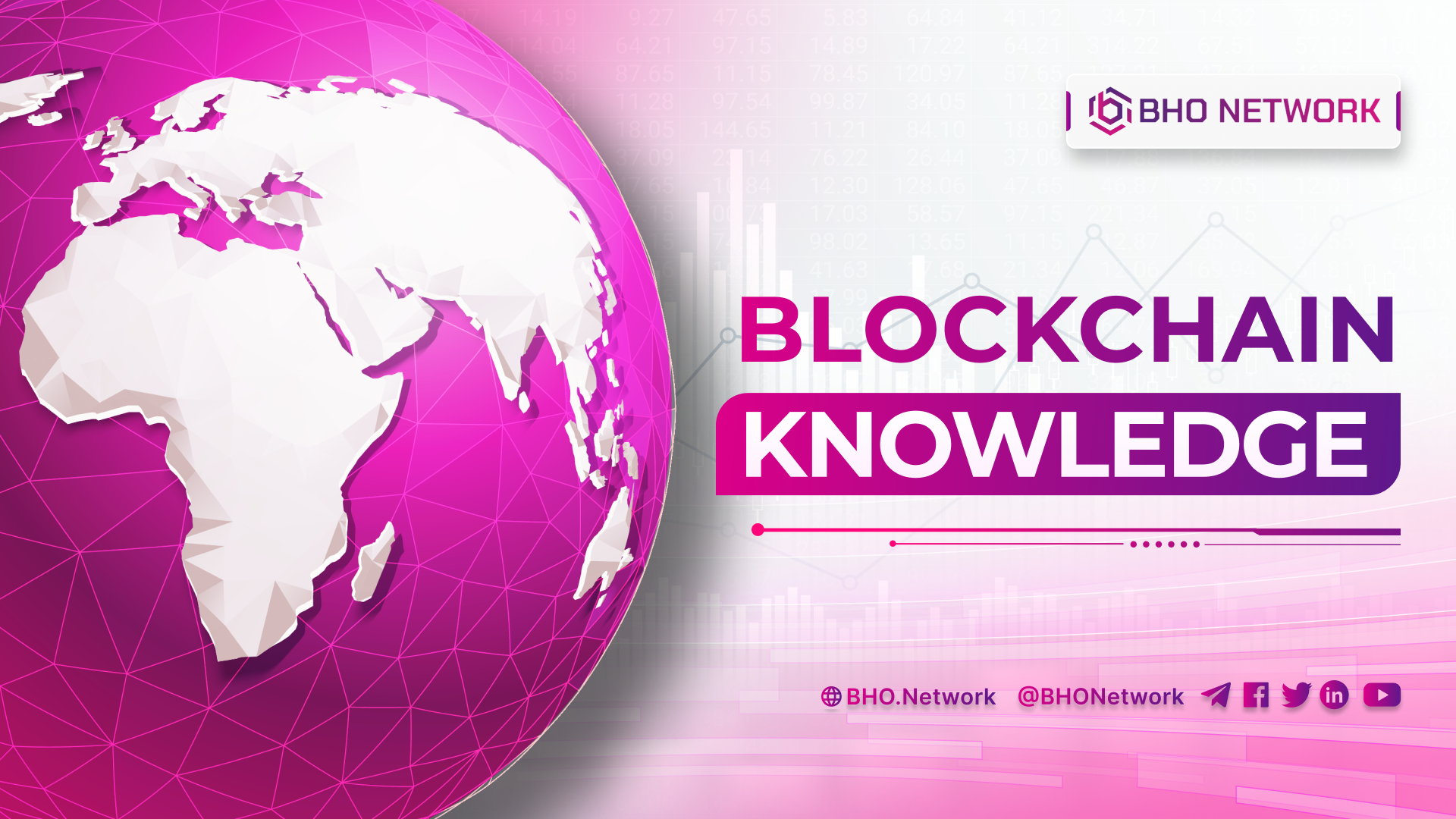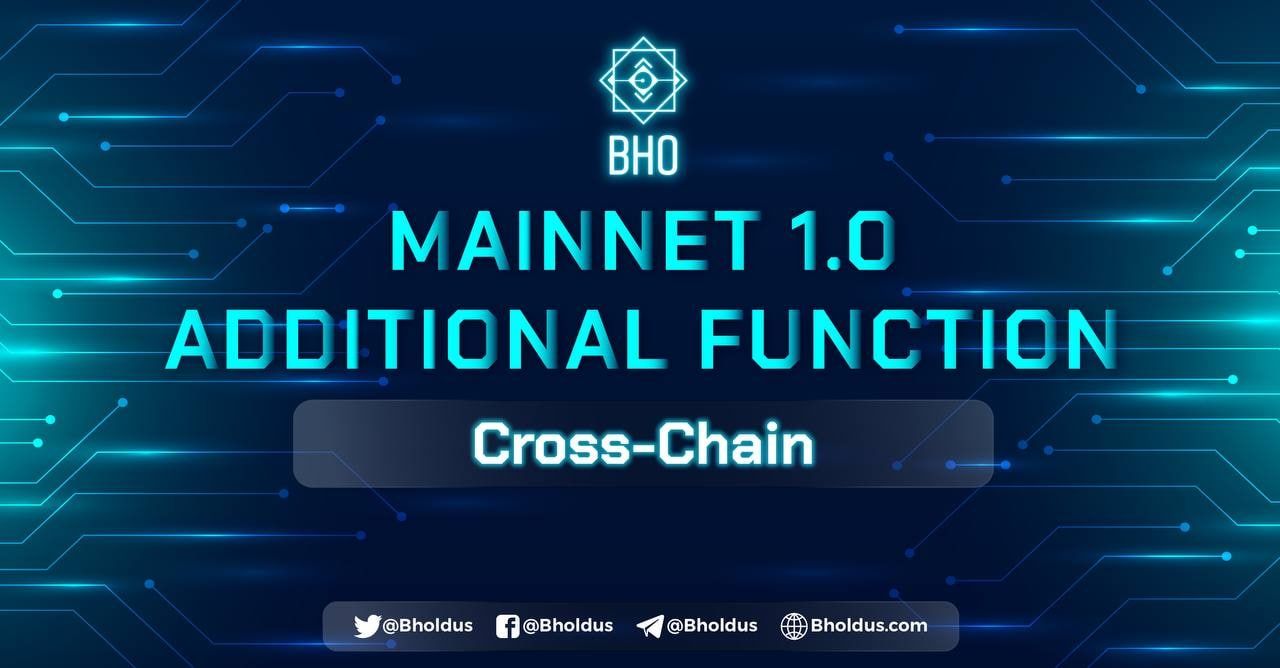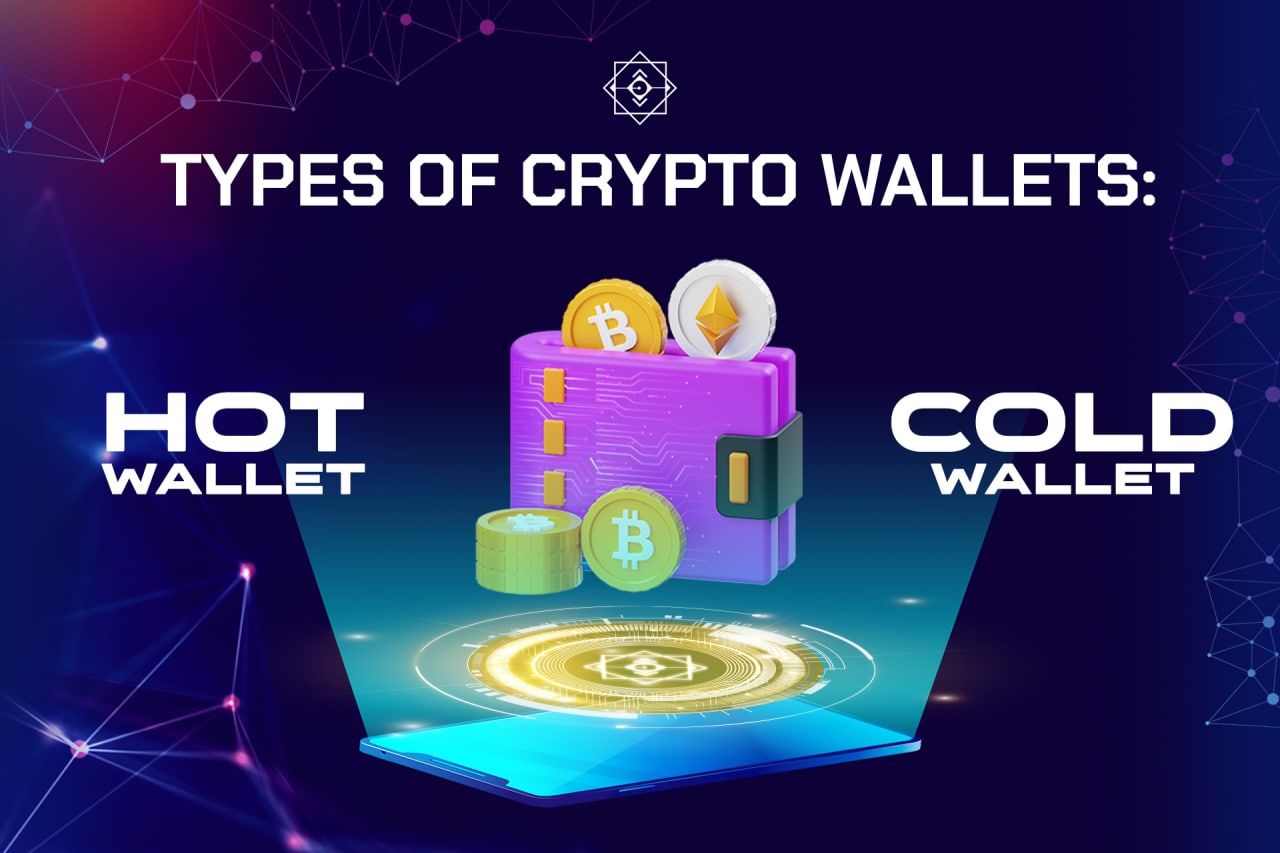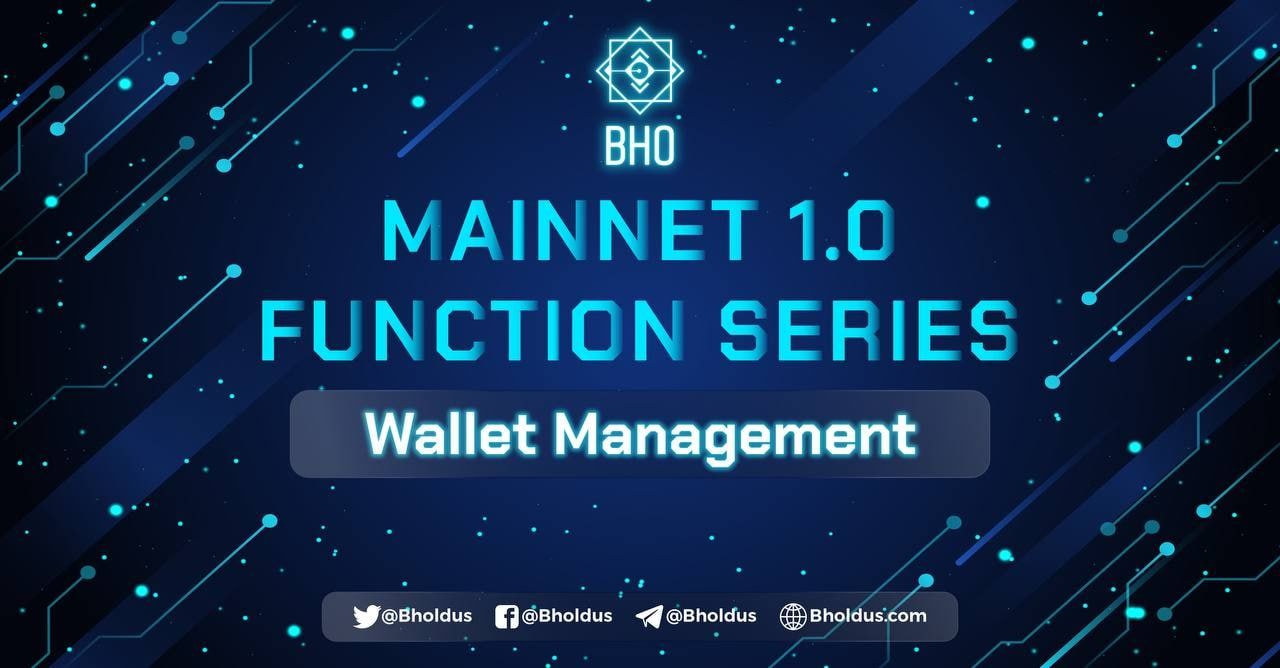- Blog
- Crypto News
- What is AMM? Things you must about Automated Market Maker
What is AMM? Things you must about Automated Market Maker
- 1. What is AMM?
- 2. What purpose does AMM exist for?
- 3. How AMM Works
- 3.1. Liquidity Pool
- 3.2. Math formula application
- 3.3. The reward liquidity provider has been received
- 4. Why did AMM become so popular?
- 5. Advantages and disadvantages of AMM
- 5.1. The benefits of AMM
- 5.2. Limitations
- 6. AMM's evolution
- 7. Types of Liquidity Pools in AMM
- 8. Some notes for Liquidity Providers when joining AMM
- 9. Current status of AMM
- 10. Should I invest in AMM?
What is AMM? How does this mechanism work? These are the basic knowledge that anyone participating in DeFi needs to understand. To help you answer these questions, BHO Network will provide essential information about AMM and how it works. Follow the article below!
1. What is AMM?
AMM is an automated market maker mechanism AMM allows the trading of digital assets through a liquidity pool. Specifically, if you put the support you want to sell into the liquidity pool, the buyer will swap it with the help they currently have via Smart Contract.
Automated Market Maker is an essential financial tool in DeFi. Through AMM, users understand the main idea of Blockchain, Ethereum and Cryptocurrencies. It is freedom, not controlled by any system.
2. What purpose does AMM exist for?
Before AMM, exchanges used to use an Order Book. However, this mechanism has quite a few disadvantages, such as fuel consumption and needing a lot of time to determine the command block. That lack of flexibility can leave users at a loss.
The Birth of AMM is the solution to the above problems. The algorithms of AMM allow the calculation of the Token price at the time of purchase. Liquidity operations are also faster and simpler.
3. How AMM Works
To understand “what is AMM”, users need to know about Liquidity Pool and Liquidity Provider. Below, BHO Network will present the most important things about how this automated market maker works.
3.1. Liquidity Pool
For AMM (or DEX) to work stably, there must be a place of large and stable liquidity and the Liquidity Pool supports this part very well.
The operation of the pool is to give their Tokens to the protocol in exchange for a reward. Then anyone can use cryptocurrencies but it depends on the mechanism of the protocol.
3.2. Math formula application
Instead of relying on the number of orders traded on centralized exchanges (which are controlled by the asset holders), AMM has relied on a protocol that applies mathematical formulas to price an asset.
In a centralized exchange, trading orders are set up and specified a price when buying and selling - only within the allowed limit to participate. In contrast, in AMM, trading orders are matched immediately thanks to a special algorithm that will calculate the base price and adjust the actual price.
Example: In 1 Pool there are 1000 USDT and 1000 DAI. You deposit 100 DAI and take out is USDT, the ratio between the two currencies in the pool is nearly 900 USDT (USDT appreciates).
However, this adjustment will take place algorithmically, so the price can go up indefinitely if you intentionally want to drain the coins of either cryptocurrency in the pool.
3.3. The reward liquidity provider has been received
Liquidity providers will be entitled to a regulated interest rate. In addition, some DEX exchanges also give away Native Tokens to Liquidity Providers, such as Balancer's BAL. This stimulates the need to contribute, exchange money, and increase profits.
Read more: What is DAO? How does DAO work?
4. Why did AMM become so popular?
Automated Market Maker is loved by many because it solves a problem faced by previous exchanges: liquidity. When this barrier is removed, new decentralized exchanges can unleash their full power.
AMM is an open protocol that does not require account creation and identity verification. To make a transaction, all you need is a wallet address.
In addition, AMM also makes it easier to provide liquidity. Anyone, even those who are inexperienced in this field, can open a liquidity pool for themselves.
5. Advantages and disadvantages of AMM
Those curious about AMM are undoubtedly interested in the pros and cons of this technology. Below, BHO Network will evaluate the benefits and limitations of AMM to help you make the best investment decision.
5.1. The benefits of AMM
Automated Market Maker has many outstanding advantages, which are preferred by users as follows:
- Anonymity: AMM does not require users to create an account, verify their identity, or provide personal information. All information is completely hidden. You only need to own an electronic wallet to be able to connect to AMM.
- Automated Trading: As mentioned above, AMM uses mathematical formulas to calculate prices automatically. Therefore, you do not need to wait for order execution. Users only need to select the Token they want to exchange. The transaction will be done immediately.
- High security: AMM does not hold users' Tokens. Tokens will be transferred directly to the wallet address after making the transaction. Thanks to that, you can be completely assured not to worry about Hackers attacking assets stored on the exchange.
- Transparency Information: Trading on AMM saved directly to the Blockchain. This information is permanent and difficult to manipulate because all changes need the consent of the entire authentication node system.
5.2. Limitations
Besides, this tool still has some disadvantages such as:
- High slippage: AMM has not improved the high slippage. This happens when a person takes too much of a certain currency, causing their price to go up.
- Facing Impermanent Loss: The use of proportional equations also has disadvantages. It is a situation where the value of one cryptocurrency in one liquidity pool may deviate from the value of the same coin in another. You can lose money if you trade tokens out of the pool.
- High transaction fees: Fees on AMM can be up to tens of USD per transaction. Because of this, AMM operates on Ethereum, but Gas fees on this platform are increasing day by day.
6. AMM's evolution
The first decentralized exchanges (DEXs) to adopt AMM were Kyber Network and Bancor. However, Kyber Network uses the AMM concentrate. Only a specific group of liquidity providers can contribute to the pool.
This automated market maker became popular through UniSwap. In November 2019, UniSwap announced the implementation of AMM, allowing anyone to contribute to the Liquidity Pool. At the same time, this decentralized exchange (DEX) also allows liquidity providers to enjoy a portion of trading fees.
The balancer has an improvement over UniSwap. At UniSwap, users can only add two coins to a pool: ETH and another Token. Meanwhile, the Balancer allows members to add eight different types of tokens and can adjust the inclusion rate.
7. Types of Liquidity Pools in AMM
You will often encounter three types of Liquidity Pools in AMM:
- Fed Price Reserves: When Tokens in the pool are not referenced to an external price or an imbalance occurs, the transactions will be automatic.
- Automated Price Reservers: This tank uses mathematical formulas to set prices without external reference.
- Bridge Reserves: The liquidity of other On-chain sources will be pooled. Transactions coming from these sources are usually free of charge.
8. Some notes for Liquidity Providers when joining AMM
Liquidity Providers need to care about profits and Impermanent Loss. Impermanent Loss is the profit difference between just holding Tokens and exchanging to collect other types of Tokens. You should choose pairs of assets with high stability to limit impermanent losses. However, low risk comes with low returns.
You can use profit calculation tools to make the most optimal decision. One of them is Impermanent Lost Calculator, Upoint.info, DecentYields.
Read more: What is Proof of History (PoH)? Everything about Proof of History
9. Current status of AMM
AMM is receiving much attention because it is considered the DeFi ecosystem's transaction centre. For example, when AVAX got noticed, the price of PNG ( Pagolin) and JOE (Joe Trader's Token )also increased.
Another trend going on in the AMM is the integration of many functions. Previously, SushiSwap only allowed Swap Token users. This platform has integrated many other products such as Lending, IDO Platform,...
10. Should I invest in AMM?
To choose to invest in an AMM you need to pay attention to the progress and potential of the project. For these reasons, Tokens of AMM have not been through many transactions but continuously being put on the market can cause high inflation. If you invest in these AMMs , the risk is straightforward.
Related posts:
- What is Proof of History (PoH)? Everything about Proof of History
- What is Dapp? Everything there to know about Dapp
BHO Network explained to you “what is AMM”. This technology has a lot of potential for development. However, users also need to learn carefully before making investment decisions. For more in-depth knowledge about DeFi, follow the articles on the Website.
Published on September 10, 2022
Tagged topics







